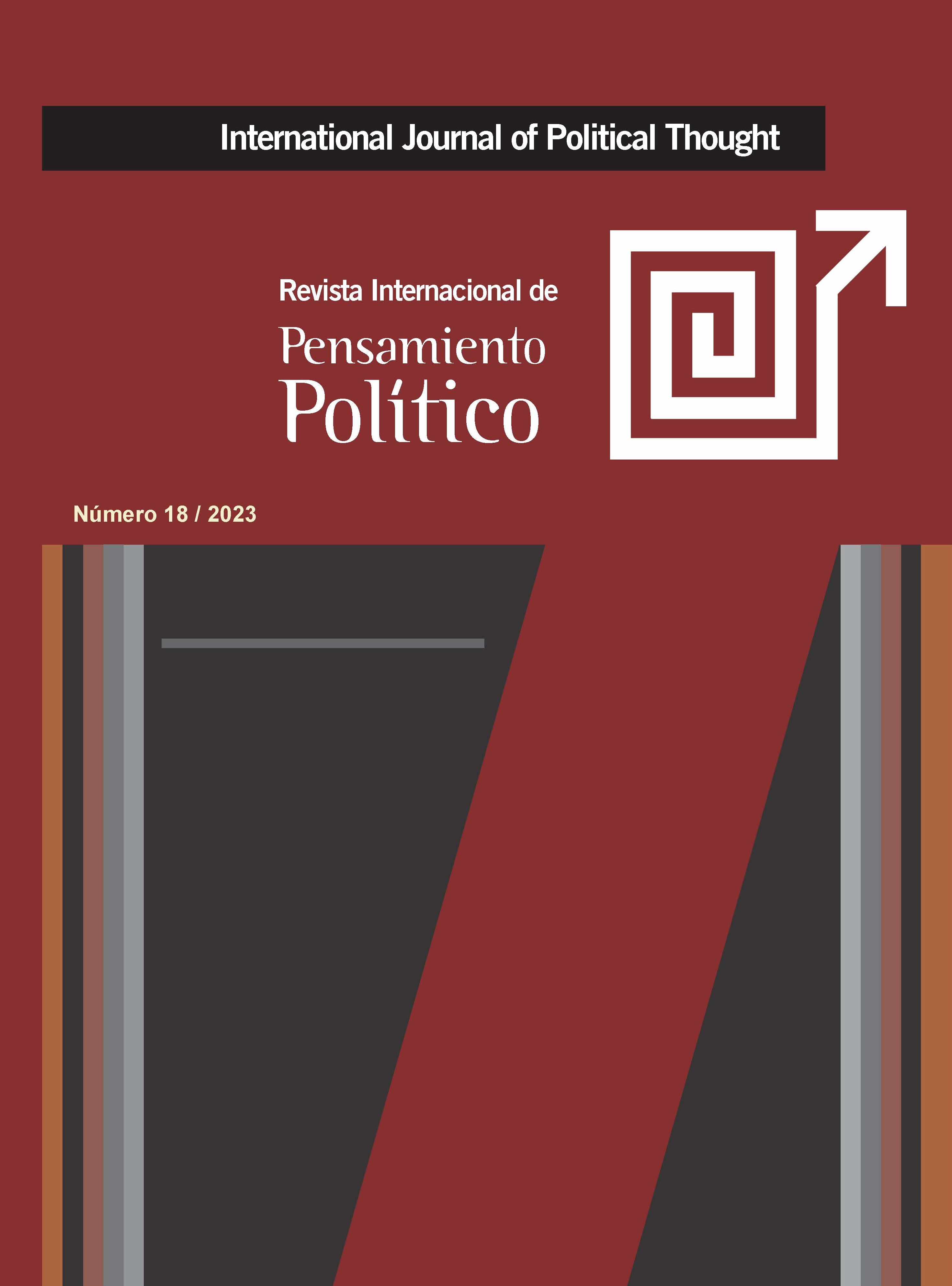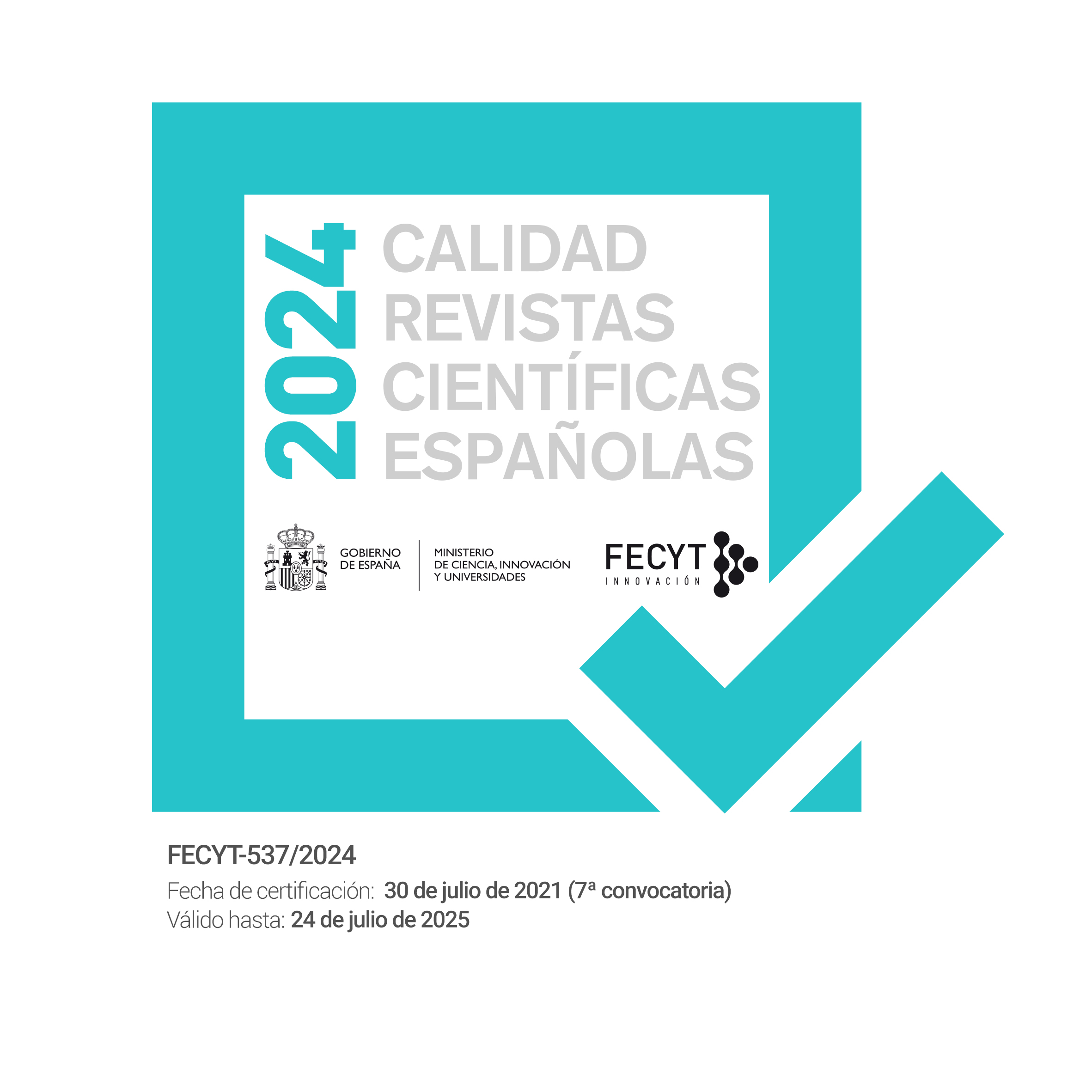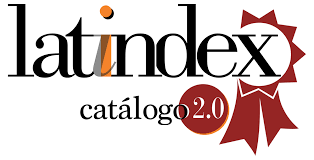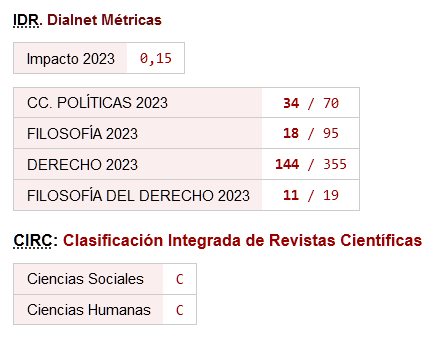Narration and assessment of the facts in the sentences relating to the crime of libel against the crown in the Stern Taulats and Roura Capellera case
An ‘uncrossable’ border between the ECHR and the Spanish courts?
DOI:
https://doi.org/10.46661/revintpensampolit.8755Keywords:
narrative semiotics, European Court of Human Rights, B.S. Jackson, narratology, crime of libel against the CrownAbstract
In the present study, a narratological analysis is carried out of the accounts of the events present in the Spanish sentences of the Stern Taulats and Roura Capellera case relating to an alleged crime of libel against the Crown. The three narrative levels of meaning present in the accounts of the events are analyzed with the purpose of analyzing the subsequent assessment made by the ECHR regarding the legal assessment carried out by the Spanish courts. From the analysis it is concluded that it is in the narrative construction of the story of the events carried out by the Spanish courts where the root of this supposedly uncrossable border between the Spanish courts and the ECHR is found.
Downloads
References
Aniceto, P.D. (2019). "El tiempo del discurso jurídico y el relato prescriptivo. Nomos históricos y nomos procesales", Revista Signa, 28, pp. 453-488. https://doi.org/10.5944/signa.vol28.2019.25063 DOI: https://doi.org/10.5944/signa.vol28.2019.25063
Brooks, P. (1996). “the law as Narrative and Rhetoric”, en P. Brooks & P. Gewirtz (eds.). Law’s Stories: Narrative and Rhe-toric in the Law, yale university Press, pp. 14-22. DOI: https://doi.org/10.12987/9780300146295-003
Calvo González, J. (1993). El discurso de los hechos, Madrid: tecnos.
Calvo González, J. (2011). “Hechos como argumentos. teoría narrativista y argu-mentación jurídica”, en M.M. Otero Par-ga (ed.). Tópica, retórica y dialéctica en la jurisprudencia: estudios en homenaje a Francisco Puy, Santiago de Compostela: Editorial de la universidad de Santiago de Compostela, pp. 111-120.
Campos Zamora, F.J. (2018). "¿Existe un derecho a blasfemar? Sobre la libertad de expresión y discurso del odio", Doxa. Cuadernos de Filosofía del Derecho, 41, pp. 281-295. https://doi.org/10.14198/DOXA2018.41.14 DOI: https://doi.org/10.14198/DOXA2018.41.14
Dworkin, R. (1985). Law's Empire, Harvard University Press.
Fludernik, M. (2009). An Introduction to Narratology, london: Routledge. DOI: https://doi.org/10.4324/9780203882887
Jackson, B.S. (1988). Law, Fact and Narrative Coherence, Merseyside: Deborah Charles Publications.
Jackson, B.S. (2000). Studies in the Semiotics of Biblical Law, Sheffield: Bloomsbury Publishing.
López Ulla, J.M. (2017). "Libertad de expresión y discurso del odio", Fragmentum, 50, pp. 139-161. https://doi.org/10.5902/2179219428863 DOI: https://doi.org/10.5902/2179219428863
Marí, E. (2009). "Diferentes modos de acceso a la articulación entre derecho y psicoanálisis", en Ch. Courtis (comp.), Desde otra mirada. Textos de teoría crítica del Derecho. Buenos Aires: Eudeba.
Martín Herrera, D. (2014). "Libertad de expresión: ¿derecho ilimitado según el TEDH? Del discurso de odio al crimen de odio", Estudios de Deusto, 62/2, pp. 15-40. https://doi.org/10.18543/ed-62(2)-2014pp15-40 DOI: https://doi.org/10.18543/ed-62(2)-2014pp15-40
Martín Herrera, D. (2018). "Serán precisas más condenas del TEDH para dejar de proteger lo (in)defendible en España? Crónica de una interminable manipulación del hate speech para enmudecer al disidente molesto", Revista Chilena de Derecho y Ciencia Política, vol. 9, núm. 1, pp. 40-79. https://doi.org/10.7770/rchdcp-V9N1-art1473 DOI: https://doi.org/10.7770/rchdcp-V9N1-art1473
Martyniuk, C. (2009). “Sobre la narración hermenéutica de la normatividad: tesis sobre la hermenéutica, la novela del derecho y la retórica”, en Ch Courtis (comp.). Desde otra mirada. Textos de teoría crítica del Derecho. Buenos Aires: Eudeba, pp. 59-80.
McLean, J. (2011). Rethinking Law as Process: Creativity, Novelty, Oxford. Routledge.
Olson, G. (2014). “Narration and Narrative in legal Discourse”. Handbook of Narratology, en Peter Hühn, Jan Christoph Meister, John Pier and wolf Schmid (eds). Berlin, München, Boston: De Gruyter, 2014, pp. 371-383 DOI: https://doi.org/10.1515/9783110316469.371
Petit de Gabriel, E.W. (2021). "Los delitos de opinión, España y el TEDH, una historia ¿pasada? de desencuentros recalcitrantes", en J. Del Carpio y M. Holgado (dir.). Delitos de opinión y libertad de expresión. Un análisis interdisciplinar, Aranzadi, pp. 45-112.
Pienazek, M. (2019). "Applying legal narratives. Some comments on Bernard Jackson's sociolinguistic approach in legal semiotics", Filozofia Publiczna/Edukacja Demokratyczna, 8, pp. 274-296. https://doi.org/10.14746/fped.2018.7.2.2019.8.1.11 DOI: https://doi.org/10.14746/fped.2018.7.2.2019.8.1.11
Presno Linera, M.A. (2018). "Crónica de una condena anunciada: el asunto Stern Taulats y Roura Capellera C. España sobre la quema de fotos del rey", Teoría y Realidad Constitucional, núm. 42, pp. 539-549. https://doi.org/10.5944/trc.42.2018.23644 DOI: https://doi.org/10.5944/trc.42.2018.23644
Rollnert Liern, G. (2019). "El discurso del odio: una lectura crítica de la regulación internacional", Revista Española de Derecho Constitucional, 115, pp. 81-109. https://doi.org/10.18042/cepc/redc.115.03 DOI: https://doi.org/10.18042/cepc/redc.115.03
Taranilla García, R. (2012). El discurso narrante. Un estudio sobre el discurso de los hechos en el proceso penal. Aranzadi.
Von Arnauld, A. & Martini, S. (2015). "Unreliable Narration in Law Courts", en V. Nünning (ed.). Unreliable Narration and Trustworthiness: Intermedial and Interdisciplinary Perspectives. De Gruyter, Inc, pp. 347-370. https://doi.org/10.1515/9783110408263.347 DOI: https://doi.org/10.1515/9783110408263.347
Downloads
Published
How to Cite
Issue
Section
License
Copyright (c) 2023 Jose Cepedello Boiso

This work is licensed under a Creative Commons Attribution-NonCommercial-ShareAlike 4.0 International License.
Open access policy
Free and open access is allowed to any interested party to all the contents of the journal issues, free of charge, being able to print and transfer all the articles, with the only condition of specifying the source and authorship.
The journal: a) does not charge authorship costs for the processing of articles or for their submission, b) maintains copyright for authors without restrictions, c) facilitates authors to keep their publication rights without limitations.
The International Journal of Political Thought is an original work of the Laboratory of Political Ideas and Practices of the Pablo de Olavide University. All articles included in the Journal are original work of their respective authors. This Journal is freely offered to the scientific and academic community at no cost and releases the contents according to the license "Attribution-NonCommercial-ShareAlike 4.0 CC BY-NC-SA" of the Creative Commons project available in the following url: https://creativecommons.org/licenses/by-nc-sa/4.0/legalcode
If you wish to translate or compile any of the articles available here, please contact us at contacto













 ISSN: 1885-589X
ISSN: 1885-589X  Universidad Pablo de Olavide
Universidad Pablo de Olavide